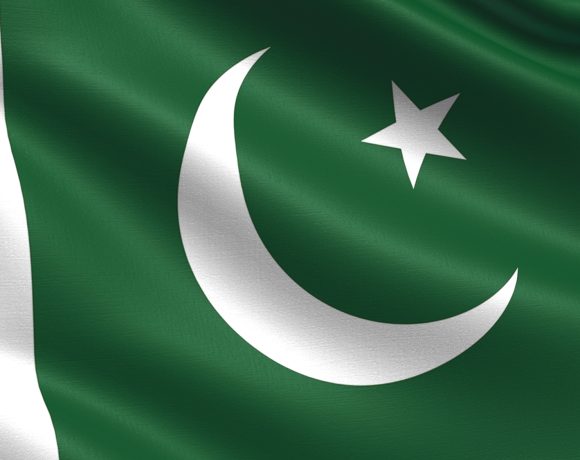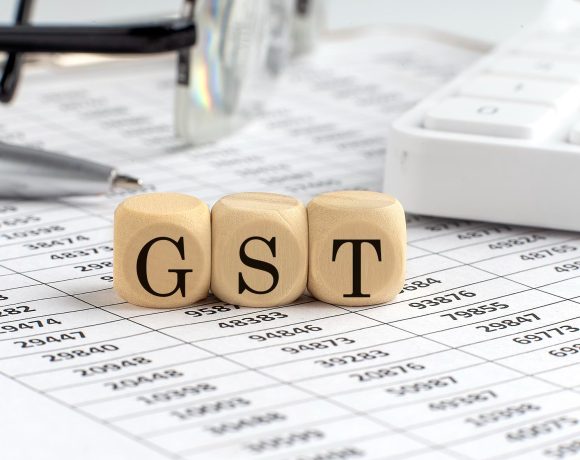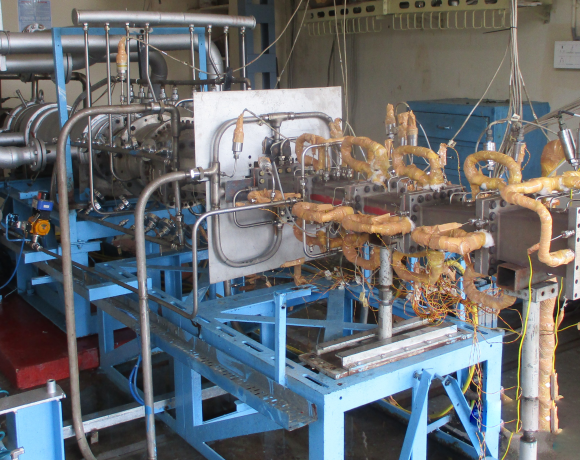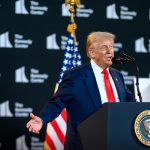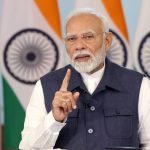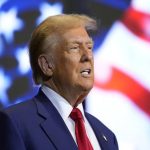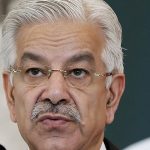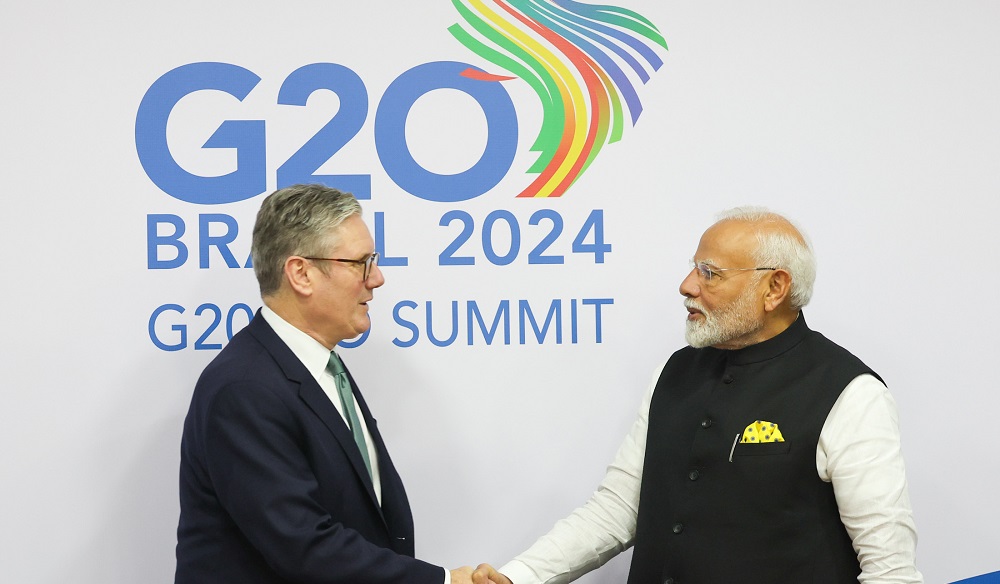
Whisky for Cotton: Who Really Won the India–UK Free Trade Deal?
The much-anticipated India–UK Free Trade Agreement, signed in July 2025 after years of complex negotiations, has been hailed as a historic milestone for both nations. The optics were perfect: Prime Minister Narendra Modi shaking hands with British Prime Minister Keir Starmer, surrounded by ministers and trade envoys, while headlines roared about duty-free access, Scotch flowing more freely, and Indian garments reclaiming old colonial lanes. But behind the celebration lies a sharper question—was this truly a balanced deal? Or did one side squeeze out more strategic value while the other settled for short-term trade volume?
India’s side of the ledger seems impressive at first glance. The FTA slashes tariffs on 99 percent of Indian exports to the UK, including high-volume sectors such as textiles, leather, footwear, gems and jewellery, machinery parts, and processed food. For India’s labour-intensive industries—many dominated by MSMEs in cities like Tiruppur, Ludhiana, Kanpur, Surat, and Moradabad—this opens the floodgates to a rich and stable consumer market. Tariff eliminations in the range of 8 to 16 percent translate into a direct price advantage over Bangladesh, Vietnam, and even China in the UK retail space. Industry estimates project a surge of \$2 to \$3 billion in annual exports by 2030 as a result.
Additionally, India secured valuable concessions in the services sector, including relaxed visa rules and social security exemptions for Indian professionals. Chefs, yoga instructors, IT consultants, and engineers will now find it easier to live and work in the UK on temporary contracts without double taxation on social contributions. This fits into India’s broader agenda of leveraging its skilled human capital as a diplomatic tool, using mobility to expand economic footprints beyond goods alone.
On the other side of the table, the UK made some very calculated gains. India agreed to sharply reduce tariffs on premium British exports—notably Scotch whisky, which faced a staggering 150 percent import duty. That will now drop to 75 percent immediately and fall to 40 percent within a decade. The UK also secured phased reductions in tariffs for premium cars, cosmetics, food supplements, and chocolates. While these reductions seem sector-specific, their value is concentrated: the UK gains access to India’s fastest growing upper-middle-class market, where luxury demand is exploding. Jaguar, Rolls-Royce, LVMH, and Diageo have all expressed confidence that the deal could boost their India sales by double digits annually.
So, did India trade long-term tariff leverage for a quick boost in exports? That depends on how one measures a win. India got breadth: MSMEs across varied sectors will benefit, many for the first time in a Western market. The gains are employment-rich, decentralised, and politically resonant. The UK, on the other hand, went for depth—targeting a few high-margin sectors where reduced duties would unlock exponential gains. The difference is strategic focus.
Moreover, India did make concessions without extracting parallel gains in some sensitive areas. There was no movement on contentious pharmaceutical patent issues or public procurement protections. The much-debated investment treaty chapter was dropped entirely, leaving investor dispute mechanisms unresolved. While this sidesteps risks in the short term, it also limits India’s ability to attract long-term UK capital into sectors like clean energy, education, and infrastructure.
Then there are structural risks India must confront. Compliance with UK’s high sustainability and quality standards is a steep climb for many MSMEs. Without large-scale technical assistance, a lot of these businesses may struggle to take full advantage of duty-free access. The looming threat of the UK aligning with EU’s carbon border tax (CBAM) by 2027 adds another layer of cost that could erode India’s edge in aluminium, steel, and chemical exports.
Still, politically and diplomatically, the FTA marks a win for India. It sends a message to Washington that India will not be bullied into hurried deals and is willing to walk away unless terms are equitable. The contrast with India’s stalled trade talks with the United States is stark. The UK chose a patient, respectful approach; it listened, adjusted, and came to the table repeatedly. The result is a deal that, while imperfect, avoids the imposition of one-sided terms. And that is perhaps its greatest strength.
In the end, both countries can claim a win. But it’s the nature of those wins that must be scrutinised. India got trade volume, job creation, and MSME empowerment. The UK got brand expansion, premium product access, and leverage in a rising market. It wasn’t whisky for cotton. It was whisky for future market control—and India must now ensure that in chasing quantity, it doesn’t lose grip over strategic quality.


